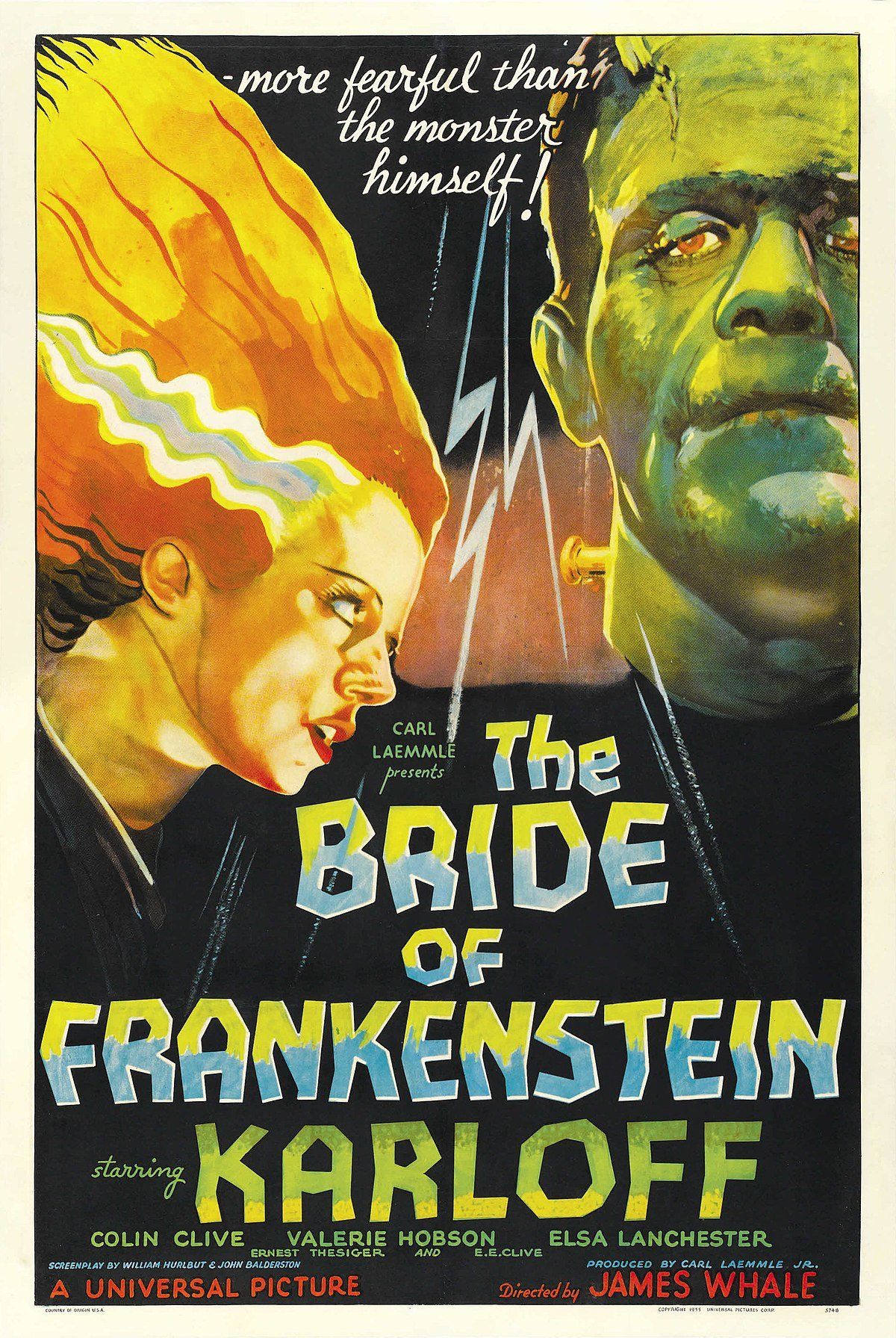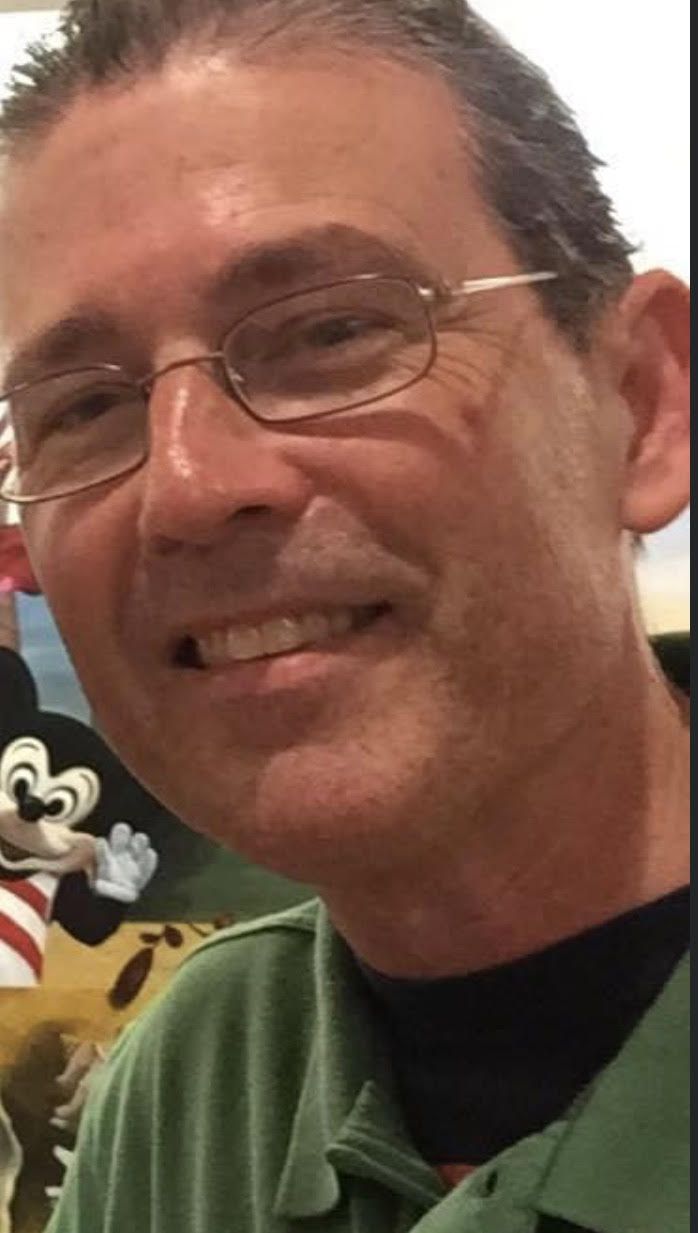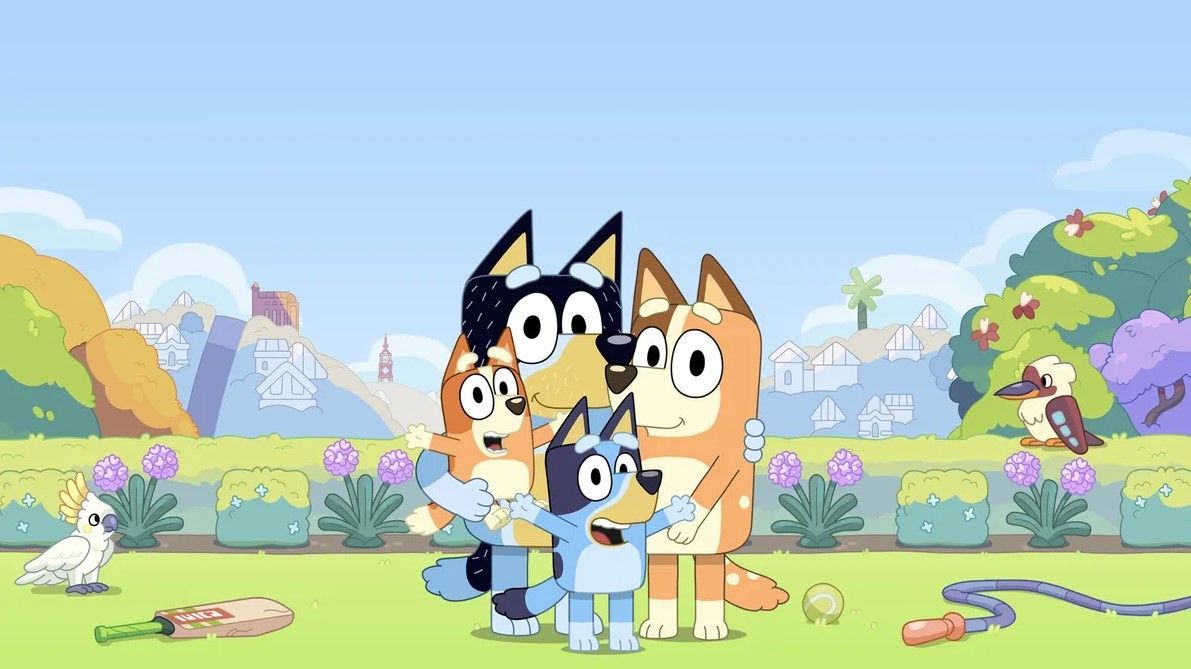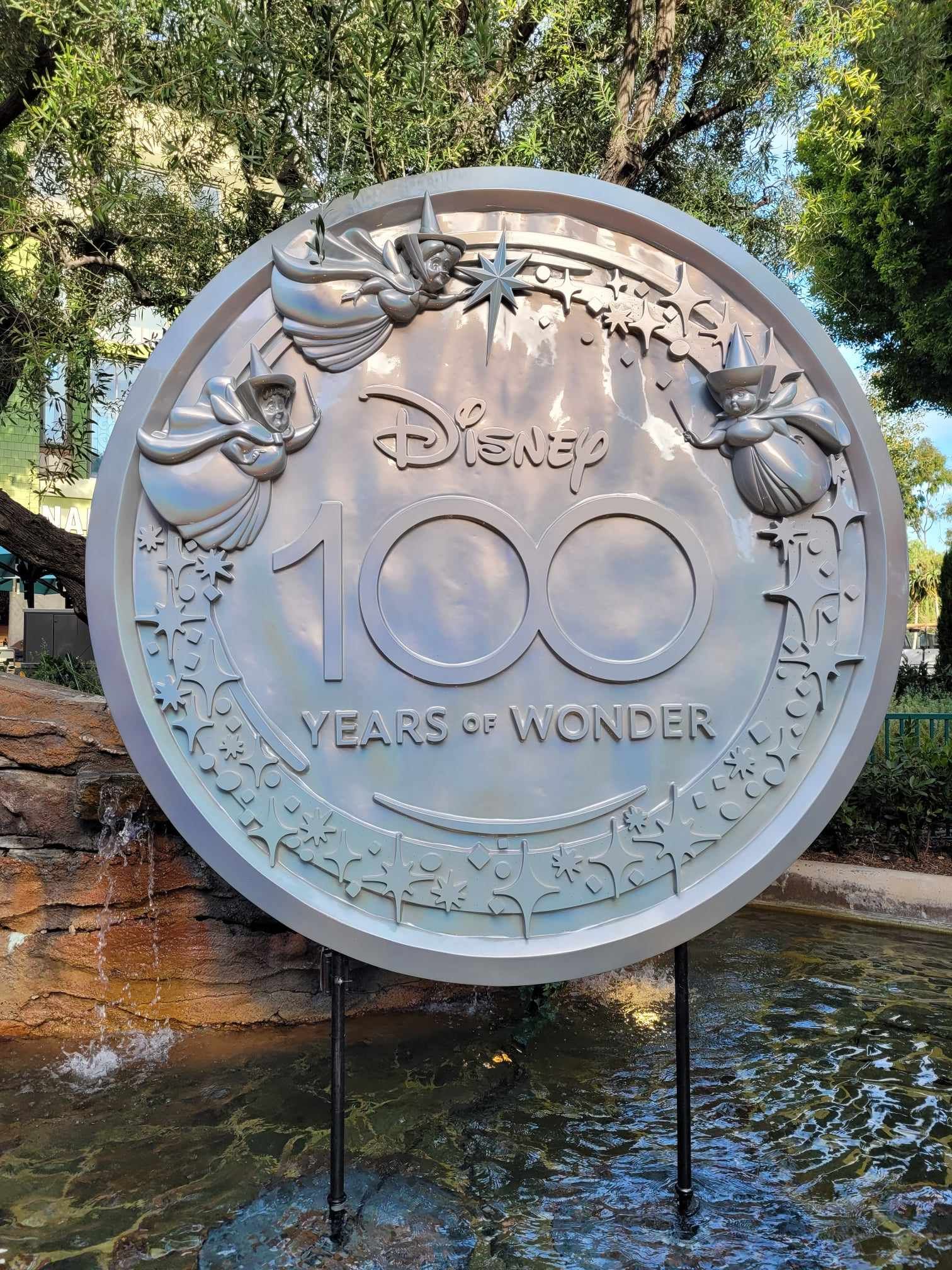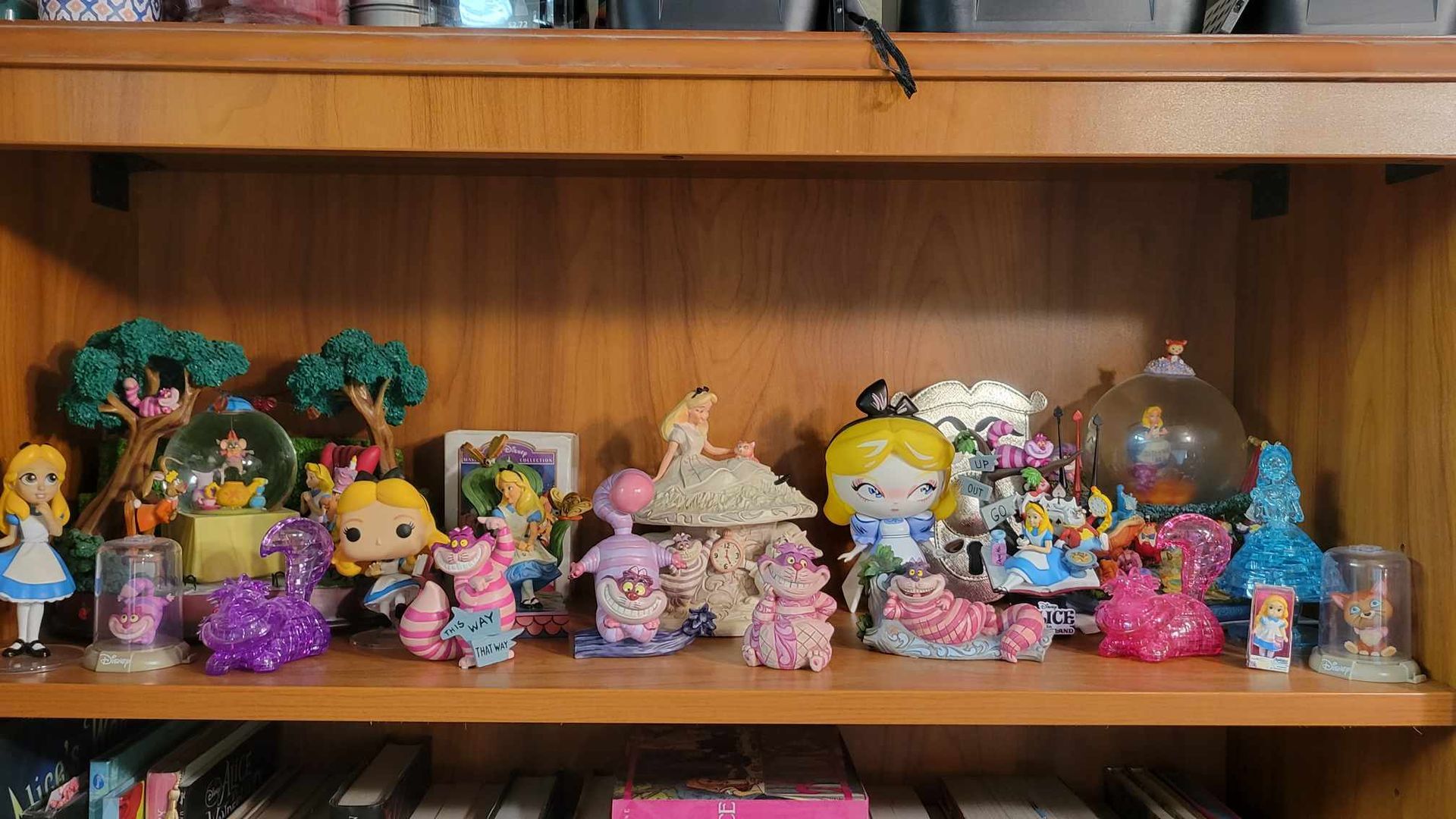Michael Lyons is a Florida-based Freelance Writer, specializing in Movies, Television and Pop Culture. In addition to over twenty-five years writing for such magazines as “Cinefantastique” and “Animation World Network,” he also writes and edits the blog, “Screen Saver: A Retro Review of TV Shows and Movies of Yesteryear,” which can be found at https://screensaverblog.blogspot.com/.
Monster Match: The 85th Anniversary of “The Bride of Frankenstein”
by Michael Lyons
This refers to the new life that the doctor is looking to create, but could also refer to the fact that “The Bride of Frankenstein” did indeed usher in “a new age of gods and monsters,” for Universal studios and for future filmmakers.
By the time “The Bride of Frankenstein” debuted, Universal had success with other movies like “The Phantom of the Opera” (1925), “Dracula” and “Frankenstein” (both 1931), as well as “The Mummy” (1932) and “The Invisible Man” (1933).
It was with “The Bride of Frankenstein,” however, that the possibilities were seen for sequels, (something so common place today) and the ability to continue these stories and characters like never before. In many ways, this was the flashpoint for what today we call a “Shared Universe.”
This year marks the 85th anniversary of “The Bride of Frankenstein,” a moody, atmospheric horror film that, deep within its surface of crowd-pleasing entertainment, attempts to comment on the darker side of science and the danger of playing God.
The film opens with a fictional gathering of “Frankenstein” author Mary Shelley (played by Elsa Lanchester...who also plays another pivotal role in the film), at home on a dark and stormy night with her husband Percy Bysshe Shelley (Douglas Walton) and poet Lord Byron (Gavin Gordon).
They discuss her story of “Frankenstein” and, as they do, we see a re-cap of the original film, followed by conversation around how there could be more to the tale, during which Mary reveals, “That wasn’t the end at all.”
This takes us back into the story, picking up exactly where “Frankenstein” ended. We meet up with villagers, who are still scarred from the events that unfurled due to the Monster (Boris Karloff), who still roams the countryside. We also, once again, meet Dr. Henry Frankenstein, (Colin Clive) nursed back to health by his fiancée.
Henry denounces his creation, but soon his former mentor, Dr. Pretorious (Earnest Thesiger), approaches Dr. Frankenstein with an idea to create life again, this time a mate for the Monster.
At the helm for all of this is the underrated genius of director James Whale, who had also directed the original “Frankenstein,” which had been a tremendous hit and a blockbuster of its day. Whale’s background, prior to film, was as a stage director and he brings the same sense of sets and lighting establishing a tone and a mood in this film. Some shots in “Bride of Frankenstein” are like moving paintings.
Additionally, Whale had a mischievous sense of humor, which can be seen in some tongue-in-cheek moments in the film, such as when Dr. Pretorious reveals one his experiments: living, miniature versions of people being stored in jars like insects.
You’d never know it from watching the film, but initially, Whale was opposed to making a sequel and turned down several early scripts, before settling on this very unique story line, in which Dr. Frankenstein disappears for most of the film and the Bride doesn’t make her appearance toward the very end of the film.
Elsa Lanchester and Boris Karloff - Not Exactly Love at First Fright.
And, what an appearance it is. With background music by Franz Waxman, that’s like a demented wedding march, the Bride, also played brilliantly by Elsa Lanchester, who based the twitchy motions of the character on bird-like movements and brought to the screen one of the most iconic hairstyles ever.
What makes this moment all the more poignant is that in “The Bride of Frankenstein,” the monster talks more and has more of a personality than in the original, which allows for this scene when the two monsters meet as darkly heartfelt.
The film was brilliantly chronicled in the Academy Award winning film, “Gods and Monsters,” which starred Ian McKellen as James Whale, during the end of his career, showing just how underappreciated he was in Hollywood.
Released on April 20, 1935, “The Bride of Frankenstein” and was a box-office and critical hit whose appreciation has only grown through the years. It currently holds a 98% rating on Rotten Tomatoes (not bad for a film that’s over eight decades old).
This Halloween Season forgo the gut-busting slasher flicks and look to “The Bride of Frankenstein,” a daring, humorous, dark tale of terror that did indeed give birth to a new “age of gods and monsters.”

